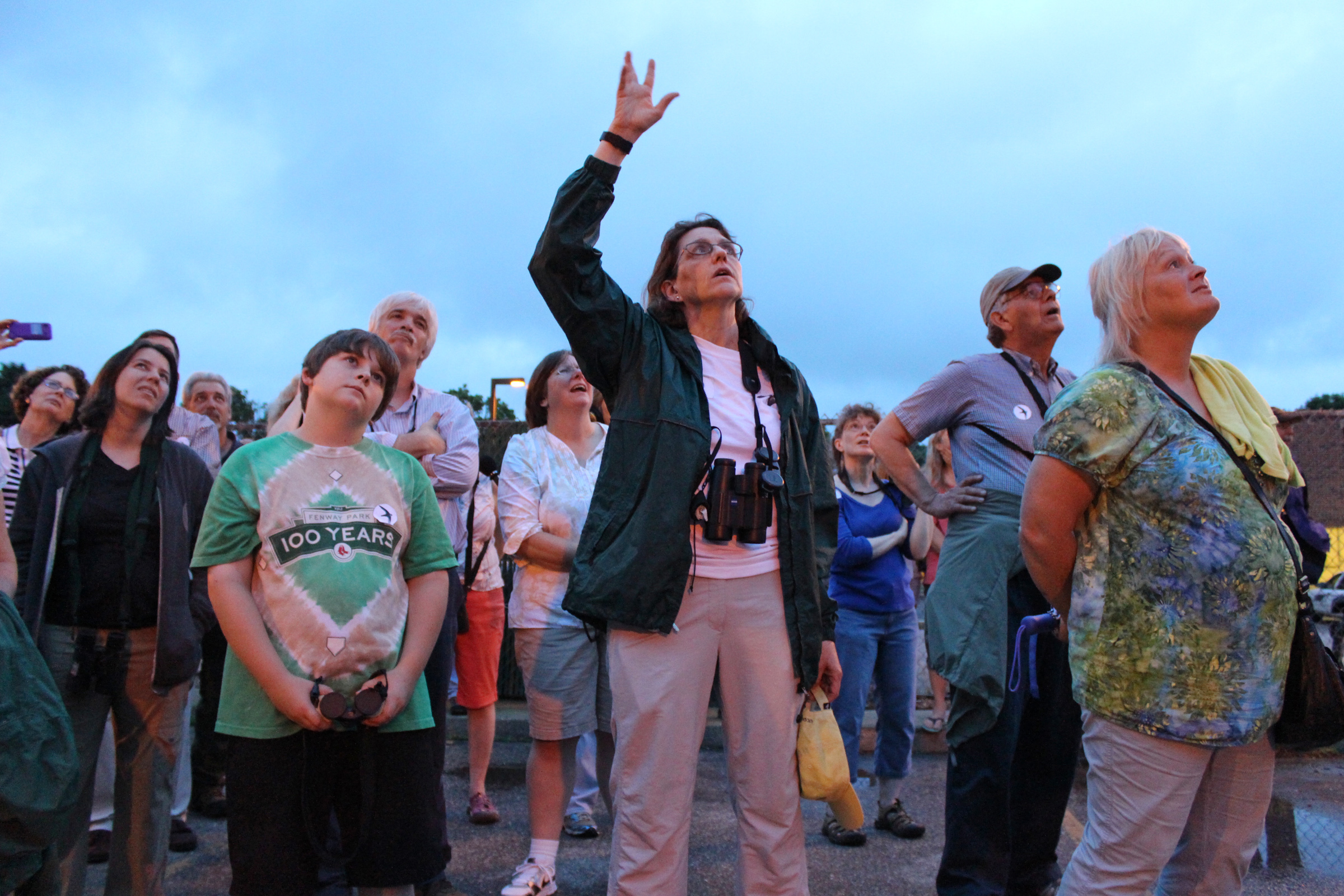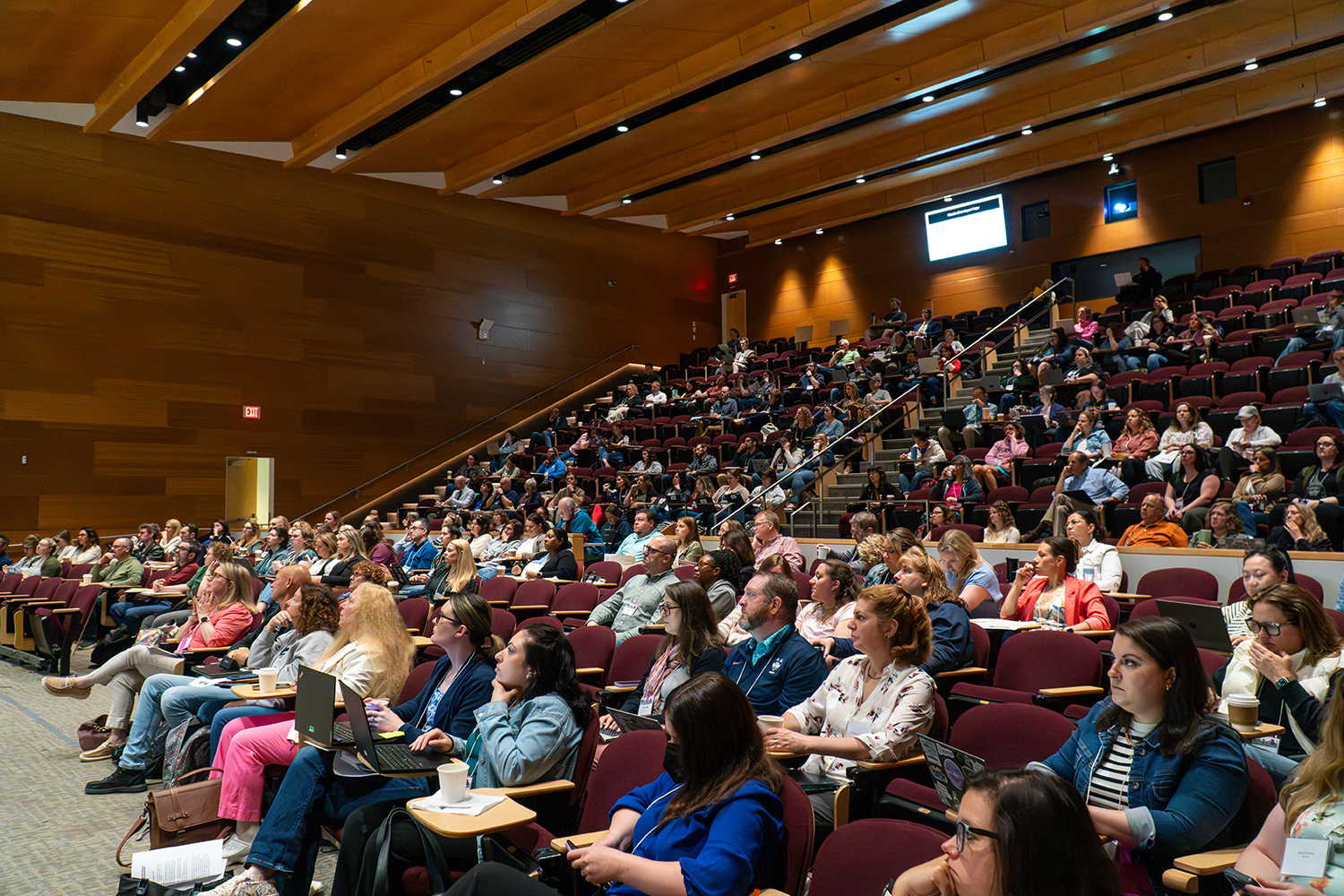In 2020, seeing scientists on TV and in the news has become a normal part of our lives. Getting the public to understand science is vital, but scientists often have a hard time communicating their knowledge in a way those without their background can understand.
Fortunately for students at the University of Connecticut, a set of classes can teach them the skills to communicate science to broad and diverse audiences.
Professor of ecology and evolutionary biology Margaret Rubega understood the need for better communication between scientists and the rest of the world when she started working as the Connecticut state ornithologist in 1998. As the go-to authority on birds in Connecticut, Rubega routinely received calls from journalists.
“When I started that job, I was completely unprepared for that,” Rubega says.
In 2005, Rubega received a Leopold Leadership Fellowship which focused on communicating scientific information to non-scientific audiences including policymakers and journalists.
“At this point, we all have a sense that it’s important for scientists to communicate with the rest of the world what they know and how they know it,” Rubega says.
One of the goals of this program was to spread the skills participants learned. In response, Rubega developed a small graduate seminar.
“It became obvious very quickly there was much more of a need, and a seminar was not sufficient,” Rubega says.
Rubega collaborated with Robert Wyss, UConn journalism professor emeritus, on an earlier version of the course starting in 2009. In 2015, Rubega, Wyss, and Robert Capers, retired plant collections manager at UConn’s George Safford Torrey Herbarium and Pulitzer-winning former journalist, secured funding from the National Science Foundation to develop the current two-part course. One course focuses on written communication and the other on verbal. They are offered in alternating fall semesters.
By having graduate students from the entire range of STEM disciplines, they serve as a valuable audience for each other. The jargon and concepts from one field do not carry over into others, allowing students to point out where their classmates are not communicating their work effectively.
“Scientists speak in a very specialized language that acts as a barrier to everyone else,” Rubega says.
The writing course has students practice writing short news pieces, op-eds, essays, and blogs aimed at non-scientific audiences.
The speaking skill-focused course pairs graduate students with journalism students, or others working in the field, to practice interviewing. Realistic practice is one of the most important elements of the class.
“You learn Spanish a lot faster if you move to Spain,” Rubega says. “Graduate students are working on practicing interviewing with journalism students, and they encounter all the difficulties they’ll encounter talking to a journalist in the world under any other circumstances.”
In this way STEM and journalism students are engaged in two-way learning. Both groups leave the course with a better understanding of how the other thinks and works.
“It helped scientists understand the cognitive process the journalist was going through, and that it wasn’t always the same cognitive process the scientist was going through,” Wyss says. “There would be lightbulbs going off throughout the semester.”
Tanisha Williams, a UConn alumna, took the speaking-focused version of the class in 2017 while completing her Ph.D. Williams was interested in science policy and science communication, and wanted to be able to promote and explain her work in a digestible way to the public.
“It’s one thing to learn about different strategies, it’s another thing to practice it again and again and get feedback,” Williams says. “It made me a better interviewer.”
In July, Williams launched a social media campaign for Black Botanists Week, a spinoff of Black Birders week, an event launched in the wake of public outcry over a white woman calling the police on a Black bird watcher in Central Park.
As the face of the campaign, several journalists requested to interview Williams. She says the skills she learned in Rubega’s class made her more confident going into these interviews.
“Communicating your science is a skill, and often it’s not one we’re taught about,” Williams says. “Like we receive training in biology or ecology or engineering, we need training in communication.”
This kind of real-life application is exactly what Rubega hopes students do beyond the course.
“We hope students leave the class, with that structured support, with the courage to keep practicing after that class,” Rubega says.
Wyss says the course helps journalism students, who may normally shy away from science, understand how to communicate information about critical issues like climate change or public health.
“You start to look at the landscape of the world right now, and you begin thinking a greater understanding of science is perhaps the most paramount issue facing the world,” Wyss says.
The course asks students to consider what their duty is to the public as scientists.
“It’s really important for STEM practitioners of all kinds to think about what their public responsibility is,” Rubega says.
These skills are valuable outside of academia as well to scientists working in industry, government or communications.
“For those who can do it, it’s not only educational, it’s a great treat,” Wyss says.
The course has received additional support from the Office of the Vice President for Research and the College of Liberal Arts and Sciences Dean’s Office.
“All the units have made a smart investment in this course,” Rubega says. “They’ve created the capacity for teaching skills graduate students in a modern work environment really need.”



